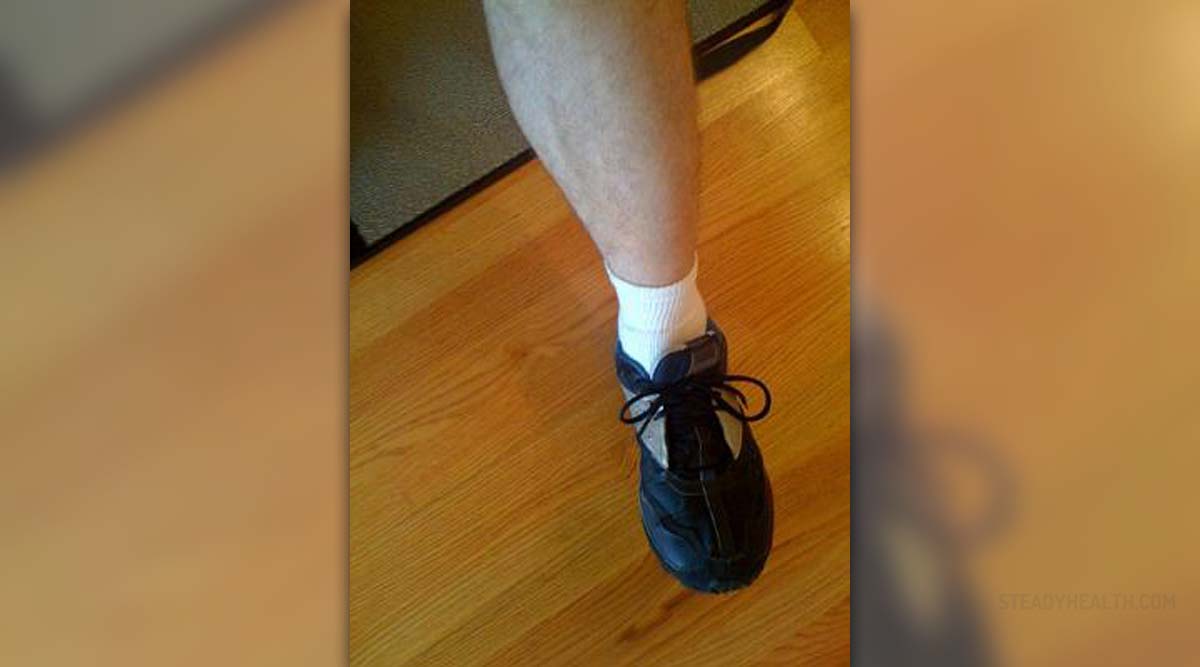
Shin splints and the symptoms that accompany them
Shin splints is another term for the condition known also asmedial tibial stress syndrome, which is actually nothing else but pain in the lowerleg, or to be more precise, in the shinbone. The pain tends to appear in the middleof some physical activity during which the shinbone and connective tissues havebeen exposed to significant force. Out of this reason, shin splints areparticularly common in runners and those who play basketball, tennis or areinto some other sport characterized by sudden stops and starts. However, eventhough it might be uncomfortable and unpleasant, this pain is definitely not areason to give up on physical activity until one feels better, because some moderatephysical activity can still be performed.
Besides the pain, which tends to be more intense at the beginningof exercising and which tends to decrease during the physical activity, swelling,soreness, and tenderness might also be experienced. Redness on the inner sideof the shin, as well as lumps or bumps at the same area can be indicators ofshin splints as well, though not necessarily. Pain will also emerge when aperson bends feet or toes.
How to treat shin splints?
As it has already been said, shin splints is not too seriouscondition, but if the pain is ignored and untreated over time, it will not goaway on its own, and it will become continuous. In most of the cases, it doesnot even require medical attention, but following some simple self-care steps. Forexample, it is important to rest and avoid every activity that might increaseor aggravate the symptoms (either pain, or swelling, or even only a feeling ofdiscomfort). Still, swimming, water running, bicycling are only some of theactivities that can be performed, because they are not too strenuous.If swelling is present, applying ice packs can help, and it might also helpwith the pain. The leg in question needs to be elevated, preferably above theheart level, and this should be done at night as well. Wearing elastic bandage orcompression sleeves might help in reducing the swelling, and the use of arch supports shouldalso be considered if necessary. Pain relievers can and should be used but onlyif the person cannot tolerate the pain, and ibuprofen is one of the mosttypically used in such cases.


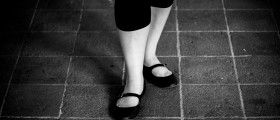
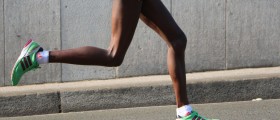





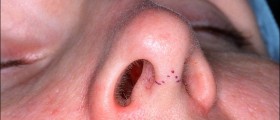

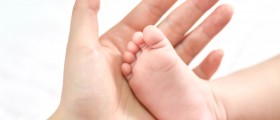

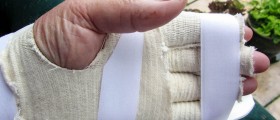

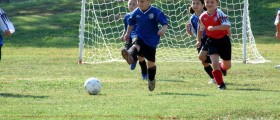

Your thoughts on this
Loading...